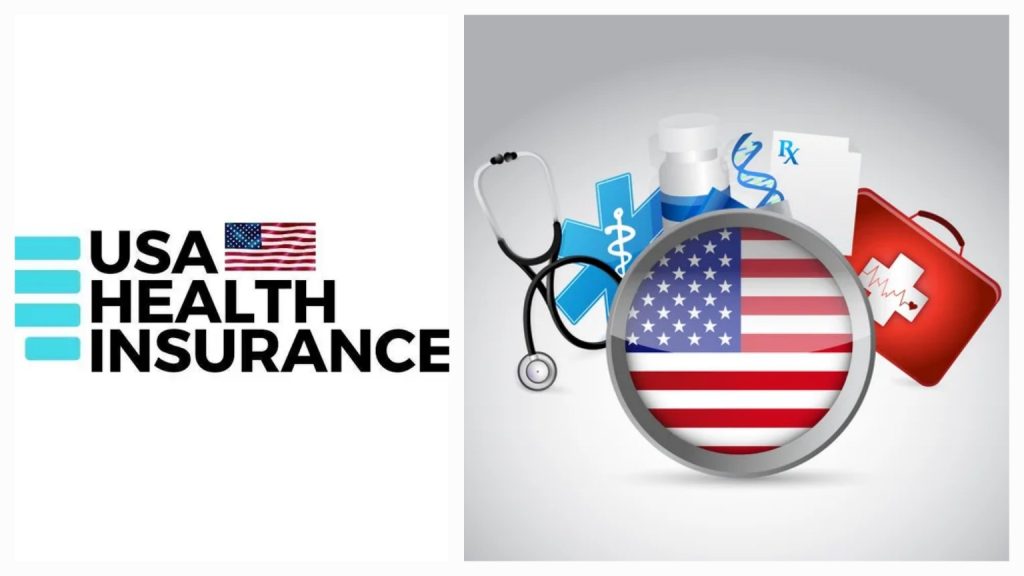Benefit Of Having A Health Insurance Plan In The USA And Type Of Plan To Choose

|
Getting your Trinity Audio player ready...
|
Health insurance is an important basic need. Having a health insurance plan in the USA comes with a lot of benefits.
There are a couple of plans you can settle on. Without wasting much of your time, let’s set the ball rolling.
Types Of Health Insurance Plans In The USA
Generally, there are two types of Health Insurance in the United States of America (USA).
These insurances are public and private. Interestingly, most people use both private and public health insurance for better health care.
It is highly recommended to get adequate health insurance in the USA because the country has one of the most expensive health care in the world.
While Health Insurance is not obligatory for those living in the US, It is optional; however, having an insurance plan will save you from costly health services.
Medicare, Medicaid and Children’s Health Insurance Program are the public health insurance in the USA.
What Is Medicare?
Introduced in 1996, Medicare, a national health insurance program provides services for US citizens who are older than 65 years old. Younger people with end-stage renal disease, ALS, and other disabilities also benefit from this type of insurance.
The Medicare health insurance program has been divided into four parts:
Part A covers hospitals, skilled nursing and hospice services.
Outpatient services, including some providers’ services while inpatient at a hospital, outpatient hospital charges are covered in Part B.
The Part C of Medicare permits patients to choose health plans with at least the same service coverage as Part A and B, often the benefits of Part D and an annual out-of-pocket spending limit which A and B lack.
To sign in this part, one must sign in Part A and B first. It is an alternative known as Managed Medicare.
Part D also covers mostly self-administered prescription drugs.
About Medicaid
This type of insurance is a federal and state program which helps people with limited income and resources to cover medical costs.
Medicaid normally covers benefits not covered by Medicare, such as nursing home care and personal care services.
Medicaid has been the largest source of funding for medical and health-related services for people with low income in the United States.
Children’s Health Insurance Program:
As the name says, Children’s Health Insurance Program takes care of the health insurance of children from families with modest incomes and are not low enough to qualify for Medicaid. It was formerly known as the State Children’s Health Insurance Program (SCHIP).
The Affordable Care Act – Obamacare
The next public health insurance program in the USA is The Patient Protection and Affordable Care Act. Also known as Obamacare, it was signed into law by President Obama. This compelled citizens to have health insurance or be punished.
The good news is that the Act subsidies for low-income families, by taxing healthcare providers and high-income families. It was implemented to lower healthcare costs while providing better healthcare for American citizens.
With the aim of having younger healthy people pay premiums, The Affordable Care Act allowed parents to add their children up to the age of 26 to their policies. Poorer people are also allowed to get treatment for chronic illnesses instead of using the emergency room through this health insurance plan in the USA.
These Are The Private Health Insurance Plans In The USA
People in the USA can have access to thousands of private health insurance providers. These providers offer different plans and prices. A person’s medical history is a determining factor.
Apart from individual plans, group plans are also available for families.
The usual three types of private health insurance in the United States of America are:
Traditional fee-for-service health insurance plans:
Though this type of plan is the most expensive, it is the best that offers the most flexibility. Sadly, those with an income lower than the average income in the US, struggle to purchase.
Health Maintenance Organizations (HMOs):
This offers a limited choice of healthcare providers; however, it also offers lower co-payments and covers the costs of more preventative care. The National Committee for Quality Assurance is in charge of its evaluation and accreditation.
Preferred Provider Organizations (PPOs):
They also offer lower co-payments just like HMOs. The good thing about this is–they give you more flexibility when you are selecting a provider. A list of providers is given to you to make a choice.






